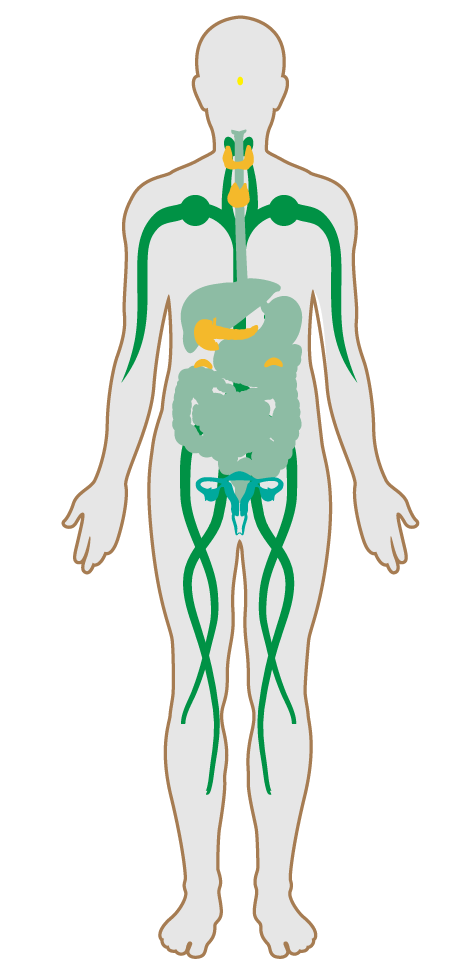Hand washing
- 38 Fruits and vegetables
- 39 Processed foods
- 40 Food allergies
- 41 Hand washing
- 42 Food contamination
- 43 Artificial ingredients
- 44 Nutritional information
- 45 Food advertising
- 46 Safe food preparation materials
- 47 Serving sizes
- 48 Special diets
- 49 Responsible food production
- 50 Food storage
- 51 Food production
- 52 Mindful eating
- P1 Food environment
- P7 Strategic Dining Design
Hand washing
To reduce pathogen transmission by providing accessible and sanitary hand washing facilities.
BACKGROUND
Hand washing is one of the most important and effective means of reducing the transmission of pathogens through food. Responsible for approximately 48 million illnesses, 128,000 hospitalizations and 3,000 deaths occurring in the U.S. each year, foodborne illness is a major cause of preventable illness and death, personal distress and avoidable economic burden. Regular rinsing with soap and water helps to reduce the spread of unwanted and potentially dangerous germs. In addition, using paper towels to dry hands is more effective in removing bacteria than using air dryers. Since liquid soap in bulk refillable dispensers is prone to bacterial contamination, utilizing sealed liquid soap cartridges reduces the possibility for bacterial contamination and significantly reduces bacteria on hands whereas contaminated refillable dispensers increase bacteria on hands after hand-washing. Hand washing sinks should also provide sufficient room for washing one’s hands without touching the sink sides, to prevent possible recontamination.

